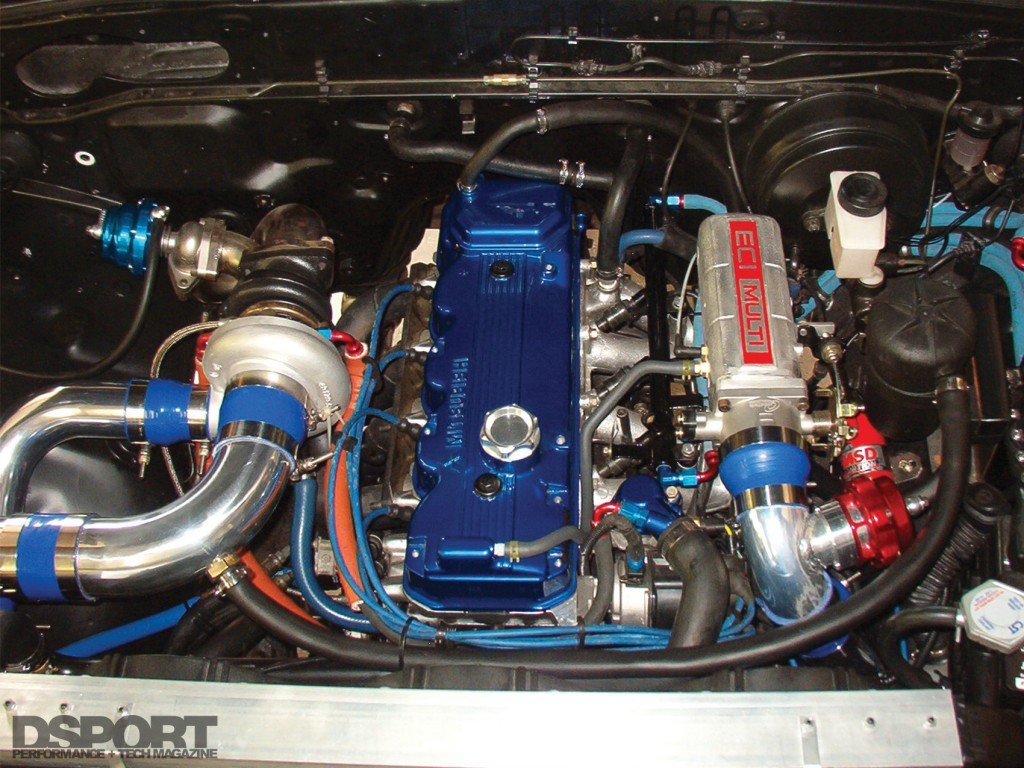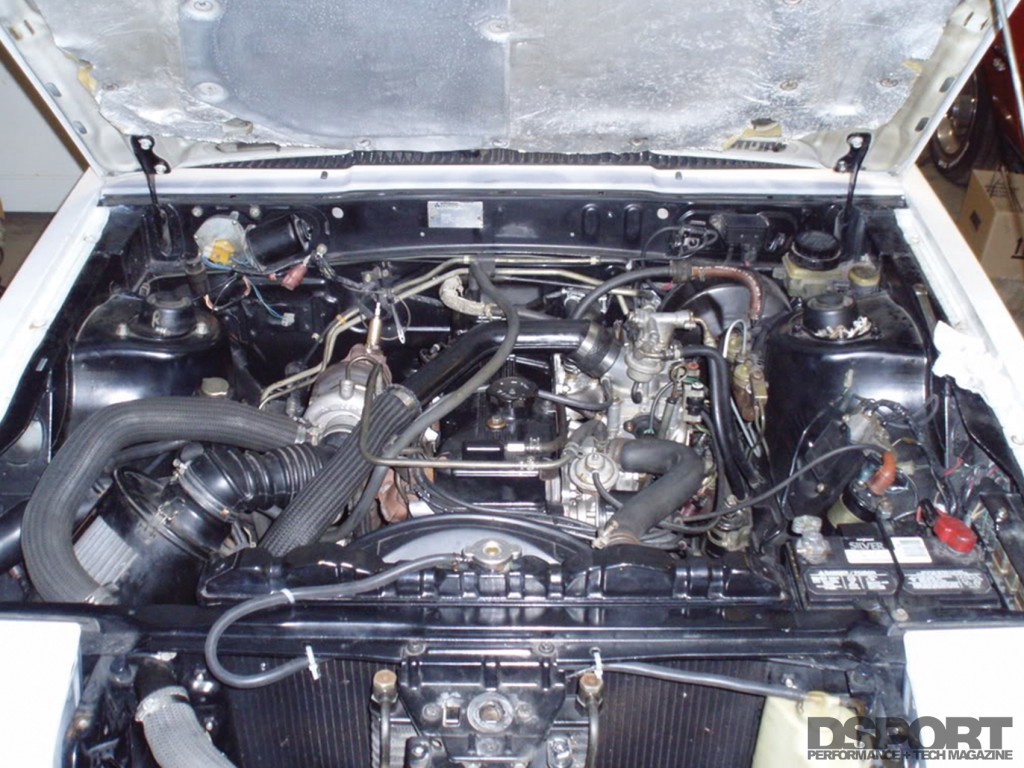The Mitsubishi 4G54 engine, a significant powerplant in the automaker’s history, is a turbocharged and intercooled 2.6L four-cylinder known for its innovative features and notable shortcomings. Introduced in the early 1980s, this engine powered vehicles like the Mitsubishi Starion and Chrysler Conquest, marking a technological leap with its computer-controlled fuel injection and turbocharging system. However, despite its groundbreaking technology for the time, the 4G54 faced criticism for several inherent design flaws that hindered its performance potential and reliability.
The 4G54: A Pioneer with Problems
The 4G54 boasts the distinction of being among the first Japanese production car engines to combine electronic fuel injection with turbocharging. This single overhead cam (SOHC) engine, available in both 8-valve and 12-valve configurations, featured a robust iron block and an aluminum head. While its displacement rivaled larger six-cylinder engines, its performance often fell short of expectations.
One of the most significant drawbacks of the 4G54 was its unusual fuel delivery system. Instead of utilizing port fuel injection, Mitsubishi opted for a throttle-body injection system with two injectors positioned behind the throttle body. This setup resulted in uneven fuel distribution among the cylinders, negatively impacting combustion efficiency and overall performance. The single camshaft design further limited tuning capabilities, preventing adjustments to valve overlap for optimized power delivery.
Common 4G54 Issues and Limitations
Beyond its fuel delivery and camshaft limitations, the 4G54 gained notoriety for its susceptibility to head gasket failures. The relatively small factory turbocharger, inadequate for the engine’s displacement, further restricted its performance potential. The intake manifold and throttle body were also considered restrictive, hindering airflow and ultimately limiting power output.
Aftermarket support for the 4G54 remained limited, making it challenging for enthusiasts to extract significant performance gains. While the engine held promise on paper, its execution failed to deliver the anticipated power and reliability, earning it a reputation as a challenging platform for tuning and modification.
4G54 Engine Specifications: A Closer Look
| Feature | Specification |
|---|---|
| Manufacturer | Mitsubishi |
| Production Years | 1982-1990 |
| Engine Code | 4G54B |
| Displacement | 2,555.5 cc (2.6L) |
| Bore x Stroke | 91.1 mm x 98 mm |
| Horsepower | 150-197 bhp |
| Torque | 160 lb-ft |
| Compression Ratio | 9.2:1 |
| Block Material | Iron |
| Head Material | Aluminum |
| Valves | 8 or 12 |


The 4G54 Legacy: Innovation and Frustration
The Mitsubishi 4G54 engine represents a pivotal moment in automotive history, showcasing the company’s commitment to technological advancement. However, its inherent design flaws and performance limitations ultimately overshadowed its innovative features. While it powered iconic vehicles like the Starion and Conquest, its reputation for unreliability and challenging tunability cemented its place as a controversial engine in the automotive world.
The 4G54 served as a valuable learning experience for Mitsubishi, paving the way for more refined and successful engine designs in the years that followed. Despite its shortcomings, the 4G54 remains a significant engine in automotive history, a testament to both the potential and the pitfalls of pushing technological boundaries.
